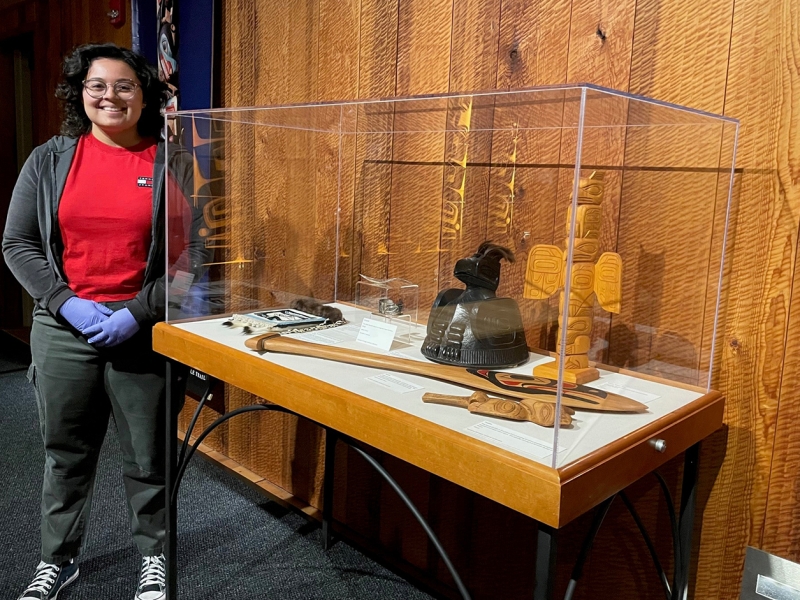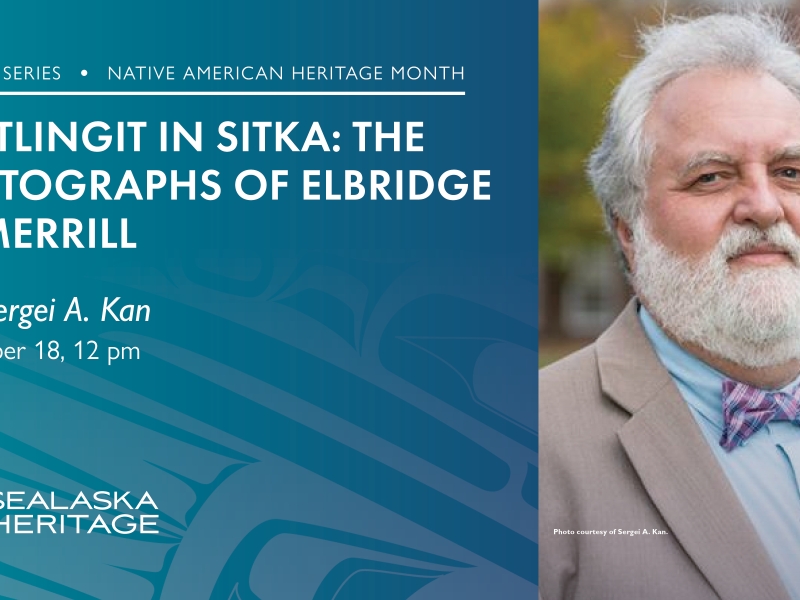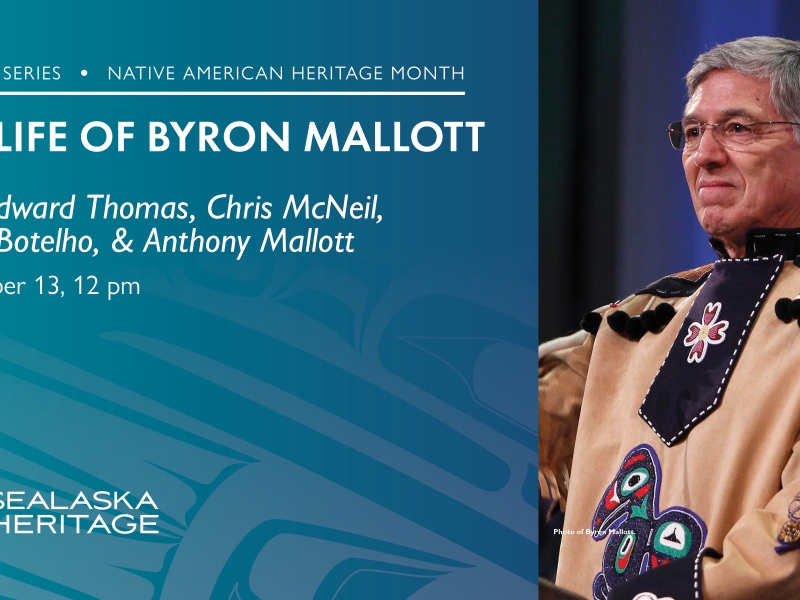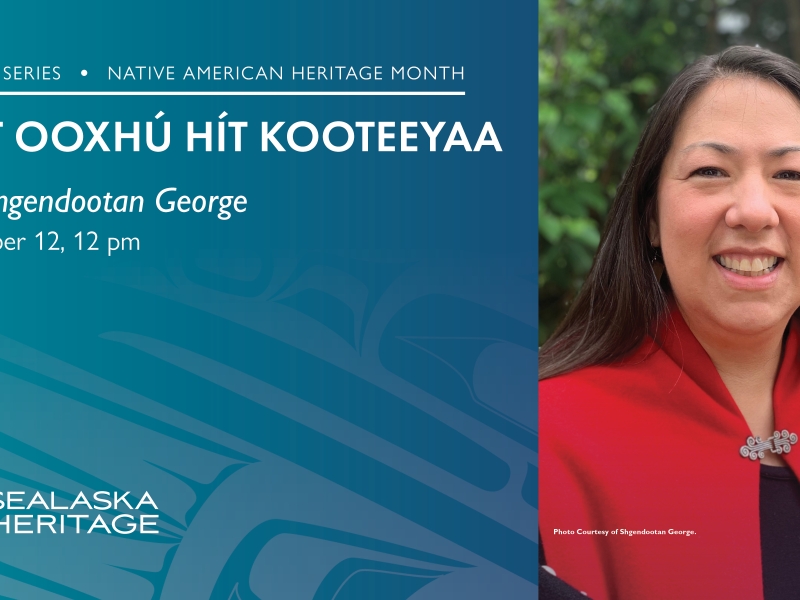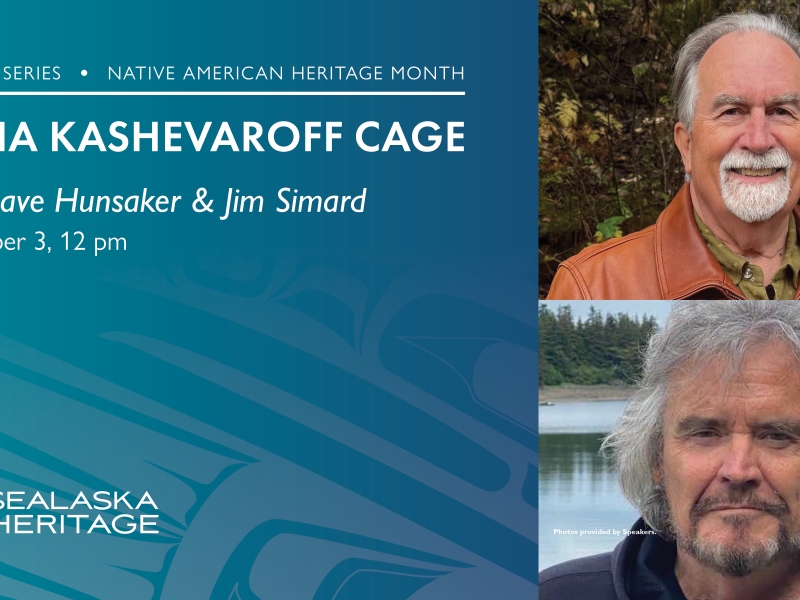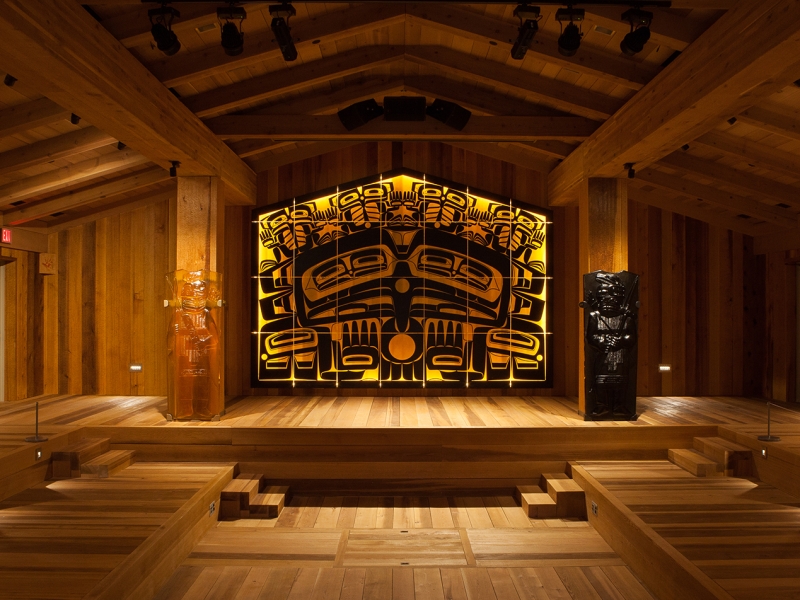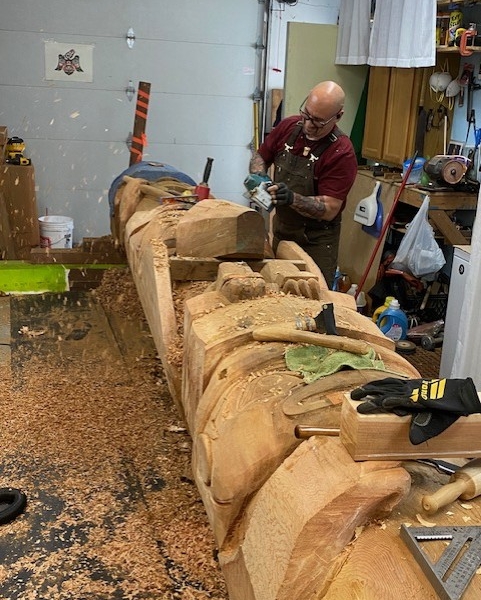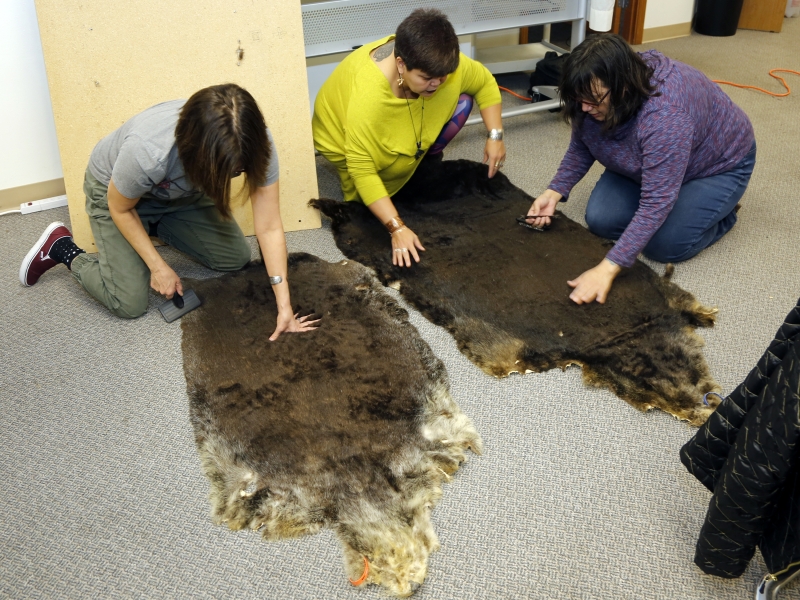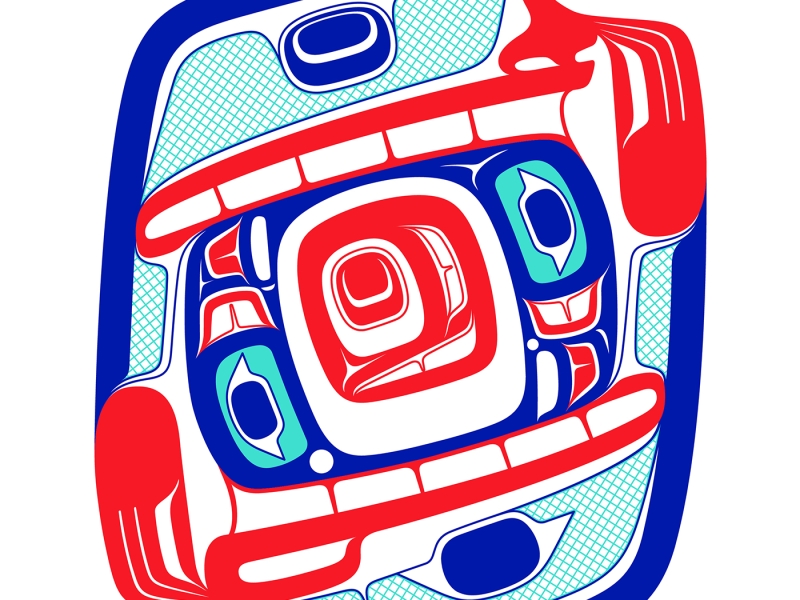SHI offering museum, art internships in Alaska, New Mexico
Sealaska Heritage Institute Press Release
SHI offering museum, art internships in Alaska, New Mexico
Candidates will ...
SHI lecture to showcase historical Sitka Tlingit photographs
Sealaska Heritage Institute Press Release
SHI lecture to showcase historical Sitka Tlingit photographs
Anthropologist to discuss ...
SHI lecture to honor legacy of Native leader
Sealaska Heritage Institute Press Release
SHI lecture to honor legacy of Native leader
Panel discussion to ...
SHI lecture to explore Killer Whale totem pole raising
Sealaska Heritage Institute Press Release
SHI lecture to explore Killer Whale totem pole raising
Angoon cultural ...
SHI lecture to uncover story of Alaska Native Surrealist
Sealaska Heritage Institute Press Release
SHI lecture to uncover story of Alaska Native Surrealist
Presentation examines ...
SHI to sponsor 2025 lecture series for Native American Heritage Month
Sealaska Heritage Institute Press Release
SHI to sponsor 2025 lecture series for Native American Heritage ...
SHI to name, officially open new science building next week
Sealaska Heritage Institute Press Release
SHI to name, officially open new science building next week
Ceremony ...
SHI to dedicate Sukteeneidí clan totem pole in October ceremony
Sealaska Heritage Institute Press Release
SHI to dedicate Sukteeneidí clan totem pole in October ceremony
Public ...
SHI releases report on Indigenous sea otter stewardship in southeast Alaska
Sealaska Heritage Institute Press Release
SHI releases report on Indigenous sea otter stewardship in southeast ...
SHI opens art contest for Celebration 2026 design
Sealaska Heritage Institute Press Release
SHI opens art contest for Celebration 2026 design
Southeast Alaska Native ...
